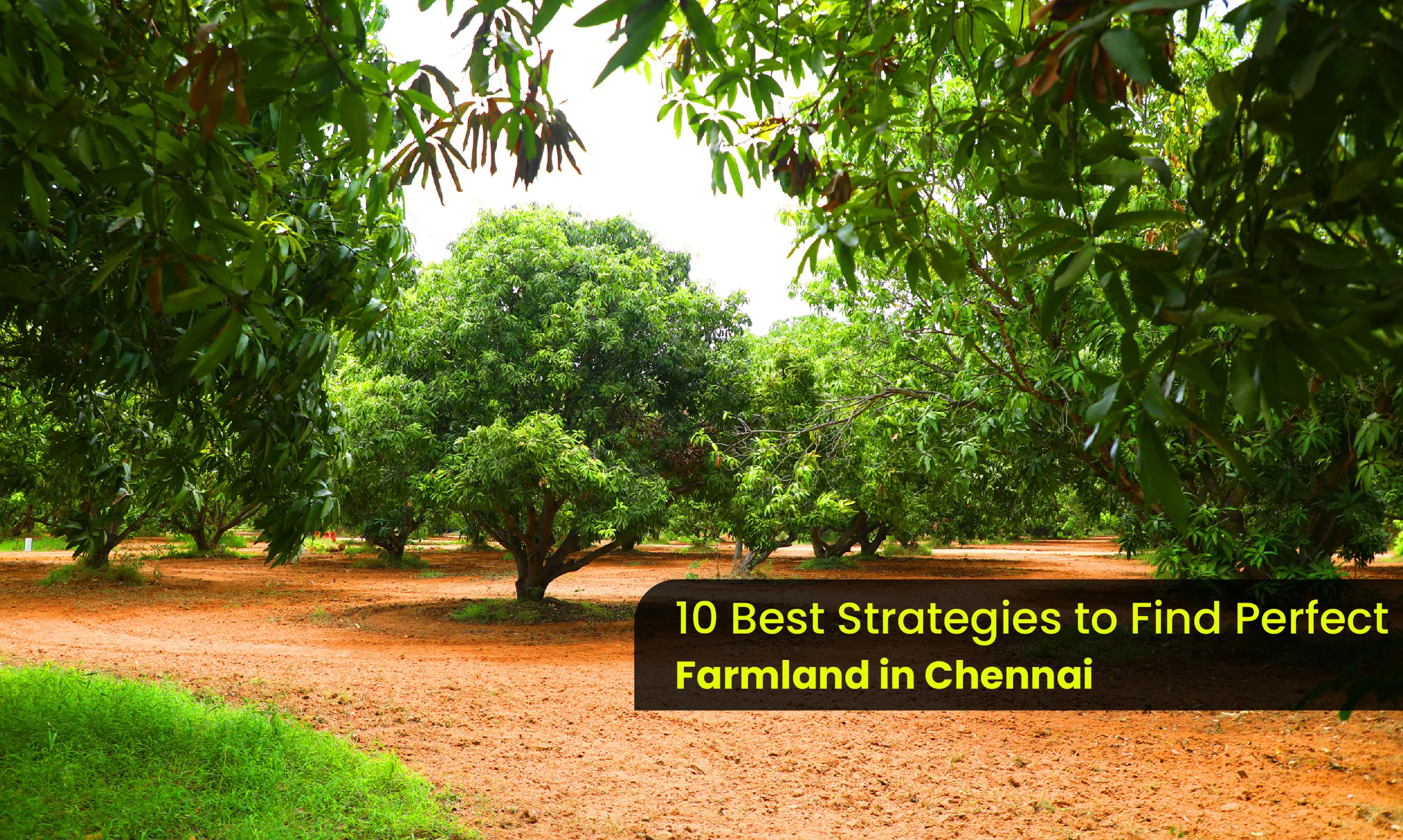Types of Soil in India

Introduction
India has a lot of different climates and geographical areas, so it has a lot of different types of soils. Each type of soil is best for a certain type of farming. Farmers, people who work in agriculture, and people who buy land need to know about the different types of soil in order to make smart choices. This blog post will talk about the main types of soils in India, what makes them unique, and how well they work for gardening.
1. Alluvial Soil
India primarily finds Alluvial soil in the Indo-Gangetic plains, coastal areas, and river basins. River sediments deposit this soil, enriching it with nutrients such as nitrogen, phosphorus, and potassium. Alluvial soil is ideal for growing crops like rice, wheat, sugarcane, and cotton, as it retains moisture well and has excellent water retention capacity.
Key Features:
Fertile and highly suitable for agriculture.
They can be found in river deltas, coastal regions, and floodplains.
Rich in organic matter and minerals.
2. Black Soil (Regur Soil)
The Deccan Plateau is the primary location for black soil, also known as regur soil. This soil is known for its moisture-retaining capacity and high fertility. It is rich in iron, magnesium, lime, and alumina. Black soil is ideal for crops like cotton, groundnut, soybeans, and tobacco. Its ability to expand and contract based on moisture makes it highly suited for dryland farming.
Key Features:
Its high moisture retention makes it perfect for regions prone to drought.
It is abundant in minerals such as lime and magnesium.
Suitable for crops such as cotton and groundnut.
3. Red Soil
Southern and eastern parts of India, particularly states like Tamil Nadu, Karnataka, and Andhra Pradesh, are home to red soil. This soil is characterized by its red color, which results from the presence of iron oxide. Fertilizers can improve the fertility of red soil, which is less fertile than alluvial and black soil. It is ideal for growing crops like groundnut, pulses, millet, and tobacco.
Key Features:
It is rich in iron, but lacking in nitrogen and humus.
Found in regions with moderate rainfall.
Suitable for pulses, groundnuts, and cereals.
4. Laterite Soil
Laterite soil is prevalent in the highlands of India, including Kerala, Karnataka, and parts of the Western Ghats. Rock weathering forms laterite soil, which is rich in iron and aluminium. Although laterite soil lacks fertility, organic matter and fertilizers can enhance its fertility. Farmers commonly use it to grow crops like tea, coffee, and rubber, which require acidic and well-drained soil.
Key Features:
High iron and aluminum content.
Found in hilly and tropical areas.
It is suitable for tea, coffee, and rubber farming.
5. Saline Soil
Saline soil, found in coastal regions, salt-affected areas, and the arid zones of Rajasthan and Gujarat, contains high levels of soluble salts. This type of soil is not conducive to plant growth without proper treatment. You can grow crops like rice, barley, and wheat in saline soil if you treat it with appropriate soil amendments to reduce salinity.
Key Features:
High salt content, poor water retention.
Found in coastal and arid regions.
Gypsum amendments are necessary for enhanced fertility.
6. Peaty Soil
Wetland areas typically contain peaty soil, which is rich in organic matter. This soil type is high in moisture and has a dark color due to the accumulation of decayed plant material. While it has excellent fertility, its waterlogged nature can make it unsuitable for certain crops unless well-drained. Specific regions like Kerala often use it for growing rice, sugarcane, and vegetables.
Key Features:
High organic matter and moisture content.
Found in marshy and wetland areas.
Suitable for rice and vegetable cultivation.
7. Arid Soil
Arid soil, found in the deserts and semi-arid regions of Rajasthan, Gujarat, and Haryana, has very low moisture content and is highly prone to erosion. This soil is typically sandy or rocky and has poor fertility. However, you can use arid soil to grow drought-resistant crops like millet, barley, and cotton with proper irrigation techniques and soil conditioning.
Key Features:
Low moisture content and high salinity.
Found in arid and semi-arid regions.
Farming necessitates irrigation and soil amendments.
8. Forest Soil
Forested areas contain forest soil, which varies widely depending on the type of vegetation in the region. This soil is typically rich in organic matter, but its fertility depends on the type of forest. Most people use forest soil to grow forestry products, but with proper soil management techniques, they can also use it for agriculture.
Key Features:
Rich in organic matter and humus.
Found in forested regions.
Suitable for growing forestry products.
Conclusion
The diverse types of soils in India play a crucial role in determining the success of agricultural practices. By understanding the characteristics of each soil type, farmers can make informed decisions on crop selection, irrigation methods, and soil treatment practices. Whether you’re looking to grow staple crops like rice and wheat or exploring specialized crops like tea and coffee, knowing the soil type is essential for maximizing yields and ensuring sustainable farming practices.
Latest blogs
JOIN OUR COMMUNITY !
Stay connected with Getfarms! Follow us on social media for the latest updates, exclusive offers, and a glimpse into the world of farmhouse living. Join our community today




























